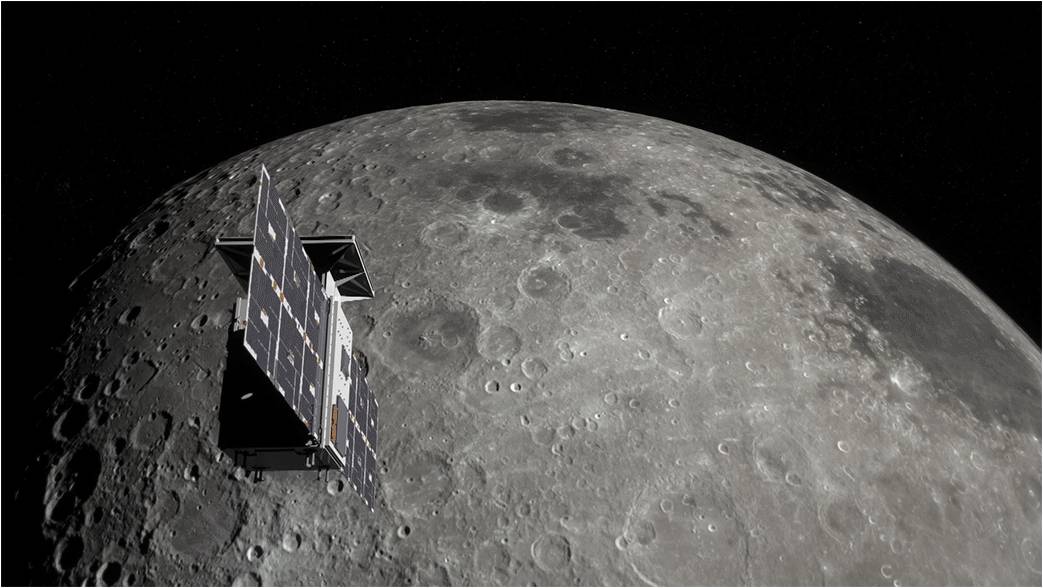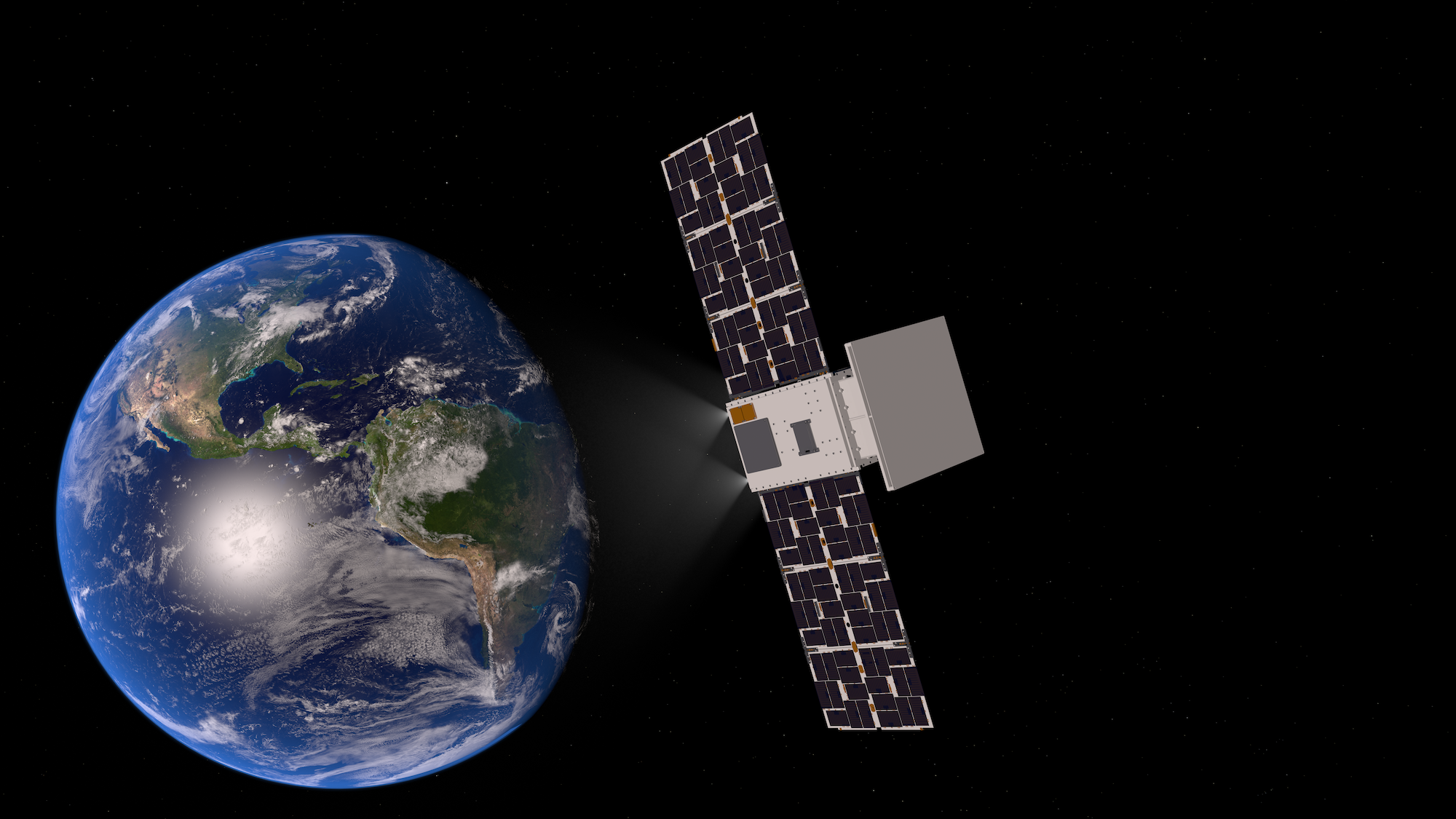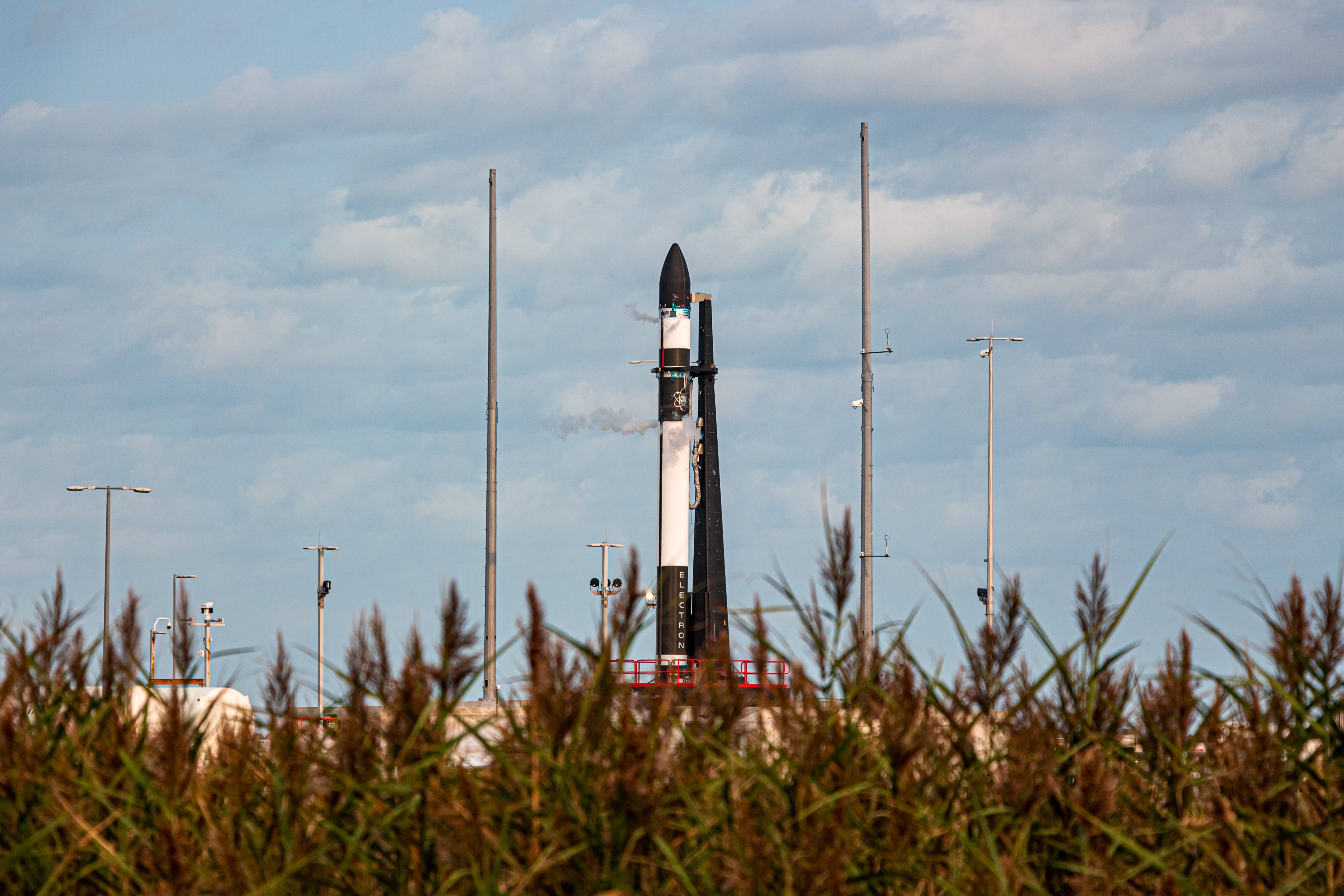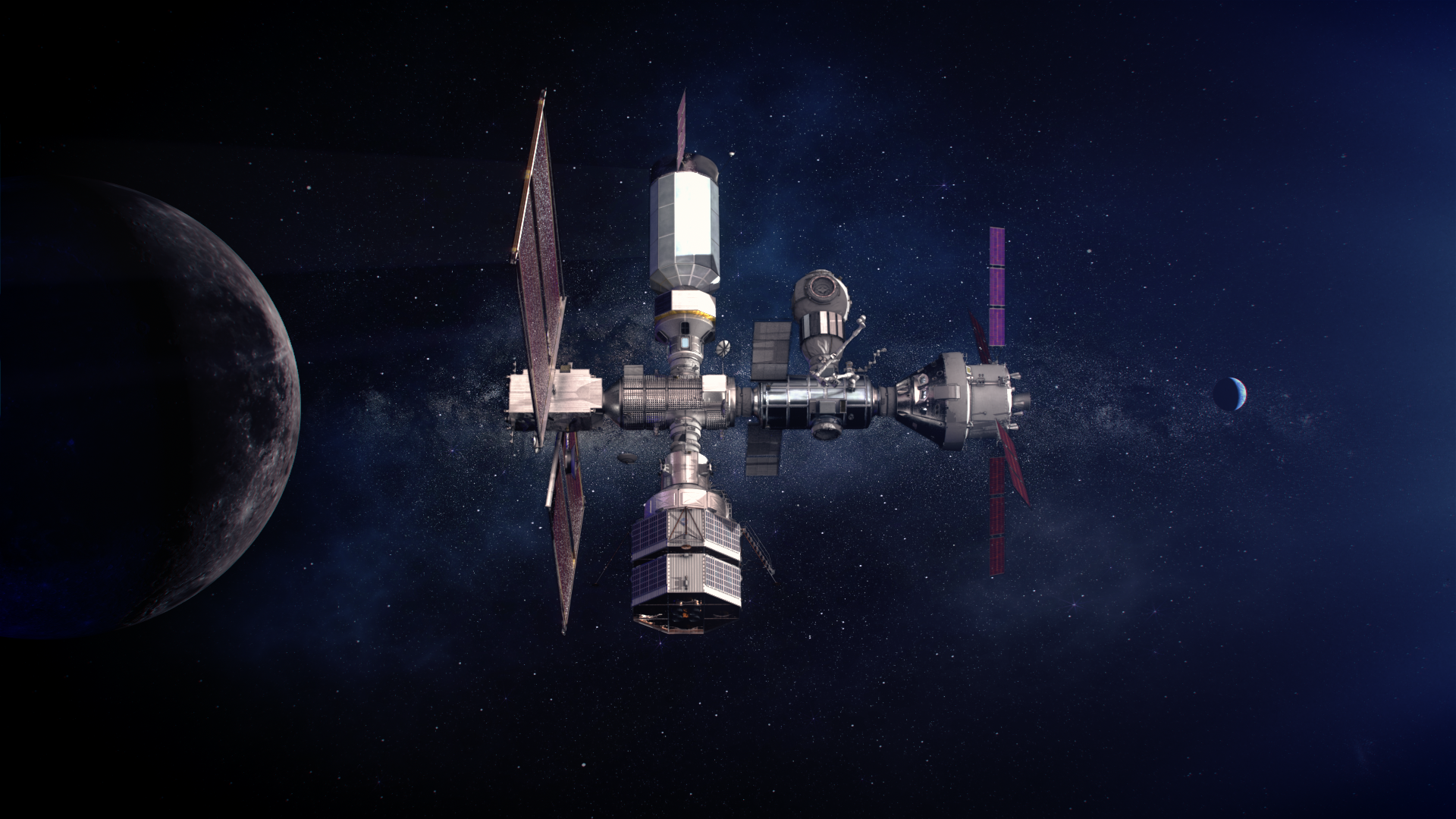
Tiny cubesat launching next year to blaze trail for NASA moon-orbiting space station
CAPSTONE is scheduled to launch early next year.

BOULDER, Colorado — A high-tech pioneer for the Gateway — the moon-orbiting outpost that's part of NASA's Artemis program of crewed lunar exploration — is being readied for departure early next year.
NASA's Cislunar Autonomous Positioning System Technology Operations and Navigation Experiment — mercifully called CAPSTONE in space agency shorthand — is destined to be the first spacecraft to function in a near rectilinear halo orbit (NRHO) around the moon.
NRHO is the special orbit in which the Gateway mini-space station is to be assembled and operated.
CAPSTONE is a microwave-oven-sized cubesat that weighs just 55 lbs (25 kilograms). But it has a pretty big job to do.
Related: What is NASA's Artemis program?
Place in space
During its six-month long primary mission, CAPSTONE will demonstrate for the first time how to enter into and function in NRHO, as well as test a new navigation capability.
Though modelers on the ground have studied that orbit, no spacecraft has actually maneuvered into it to date. CAPSTONE can gauge what it takes to get into NRHO, maintain that orbit and even transit out of that locale.
Get the Space.com Newsletter
Breaking space news, the latest updates on rocket launches, skywatching events and more!
The seven-day orbit will bring CAPSTONE within 1,000 miles (1,600 kilometers) of one lunar pole on the cubesat's closest pass and take it as far away as 43,500 miles (70,000 km) from the other pole at its most distant point.
CAPSTONE will also use an onboard communications system to figure out how far the cubesat is from NASA's Lunar Reconnaissance Orbiter (LRO), which has been circling the moon since 2009. Such work will help future missions pinpoint their place in space without having to rely exclusively on tracking assets back on Earth, NASA officials said in a statement this past July.
Commercial partners

The CAPSTONE effort involves a blend of commercial partners to manage, assemble, test and fly the mission.
Advanced Space of Boulder, Colorado, is developing and will operate CAPSTONE. Tyvak Nano-Satellite Systems of Irvine, California, is building the cubesat platform. Stellar Exploration, Inc. of San Luis Obispo, California, is providing the propulsion system the spacecraft will use during the transfer to the moon after separation, for station-keeping in the NRHO, and for end-of-life disposal.
And Rocket Lab's Electron launcher will hurl CAPSTONE moonward, placing it on a trans-lunar injection pathway. Rocket Lab's Photon satellite bus will continue sending the cubesat on its way when the Electron's work is done.
Liftoff of the moon mission early next year will take place at Rocket Lab's Launch Complex 2, at the Mid-Atlantic Regional Spaceport in Wallops Island, Virginia.
Related: Rocket Lab and its Electron booster (photos)
Maintain momentum

NASA gave the go-ahead to develop and operate CAPSTONE in September 2019.
"It is noteworthy that the CAPSTONE program itself is just over one year old, and we are actively integrating a spacecraft that will launch early next year," said Bradley Cheetham, CEO and president of Advanced Space.
"While it is easy to talk about technology development, cutting hardware and testing thrusters," Cheetham added, "I would say one of the most noteworthy things about the program thus far has been the team."
"Things with CAPSTONE are going very well, all things considered," Cheetham told Space.com. "We set out on a very ambitious development schedule from the beginning of this program and have been working hard to maintain our momentum through expected and unexpected roadblocks over the past few months."
Cheetham said that moving CAPSTONE forward meant facing technical challenges. That was to be expected. But he and his team had no idea they would need to operate during a global pandemic. "That has certainly complicated almost everything we're working on."
Overcoming obstacles

About a month of schedule has been lost due to the coronavirus pandemic, "but the CAPSTONE mission is still proceeding at pace with appropriate precautions in place," said NASA's Christopher Baker, small spacecraft technology program executive within the space agency's Space Technology Mission Directorate.
Baker told Space.com that CAPSTONE is a rapid NASA-funded lunar mission that is commercially designed, built and operated. The spacecraft project challenges some of the assumptions made in coordination and approval processes about space missions and how long they take to develop, he said.
"Overcoming these obstacles helps instill new business practices that will allow NASA to further become one customer of many in space," Baker said. "This not only helps us expand the sphere of human influence and knowledge deeper into space, but also allows NASA to keep looking forward to Mars and beyond."
As for the mission itself, Baker said new upgrades have been made, including the addition of a chip scale atomic clock and some radio and software improvements to boost CAPSTONE's autonomous navigation capabilities.
Groundwork for the future
Cheetham of Advanced Space said the key throughout, however, is that the team is making progress and laying the groundwork for future missions. "We're pushing ourselves and pushing on numerous government processes which are not familiar with the speed with which we are moving."
CAPSTONE is an opportunity to demonstrate what is possible in terms of rapid mission development and flight, Cheetham said. "We want to develop with urgency so we can learn quickly, iterate, improve and demonstrate."
"As we've been working through the challenges of this program, I often remind our team of something I learned from a New York firefighter several years ago — 'pressure makes diamonds,'" Cheetham said. "And in the case of CAPSTONE, I think we're seeing the truth in that proverb thanks to our team's ability to rise to the occasion."
Leonard David is author of the recently released book, "Moon Rush: The New Space Race" published by National Geographic in May 2019. A longtime writer for Space.com, David has been reporting on the space industry for more than five decades. Follow us @Spacedotcom, Facebook or Google+. This version of the story published on Space.com.
Join our Space Forums to keep talking space on the latest missions, night sky and more! And if you have a news tip, correction or comment, let us know at: community@space.com.

Leonard David is an award-winning space journalist who has been reporting on space activities for more than 50 years. Currently writing as Space.com's Space Insider Columnist among his other projects, Leonard has authored numerous books on space exploration, Mars missions and more, with his latest being "Moon Rush: The New Space Race" published in 2019 by National Geographic. He also wrote "Mars: Our Future on the Red Planet" released in 2016 by National Geographic. Leonard has served as a correspondent for SpaceNews, Scientific American and Aerospace America for the AIAA. He has received many awards, including the first Ordway Award for Sustained Excellence in Spaceflight History in 2015 at the AAS Wernher von Braun Memorial Symposium. You can find out Leonard's latest project at his website and on Twitter.
